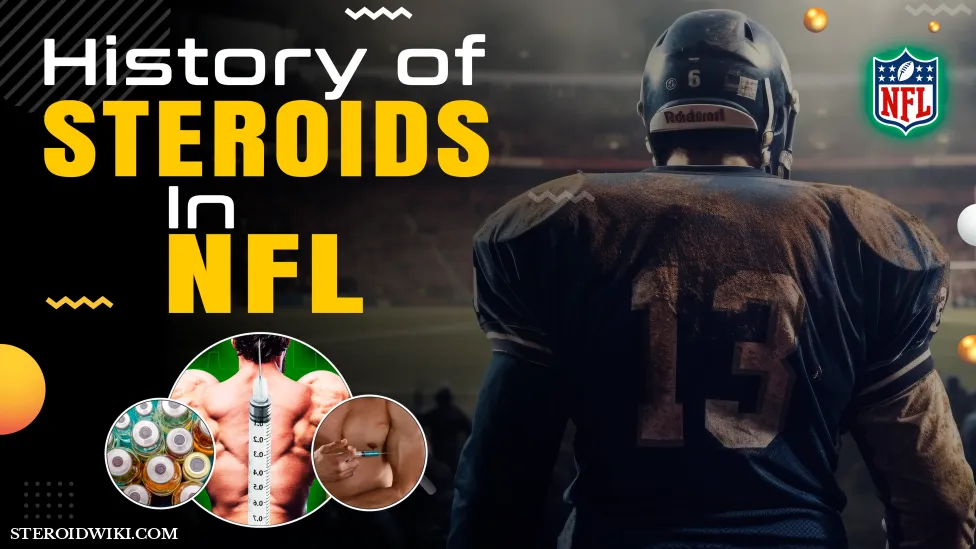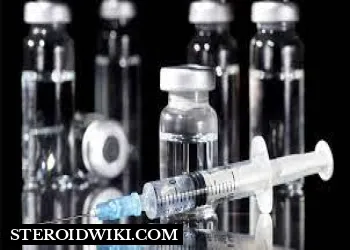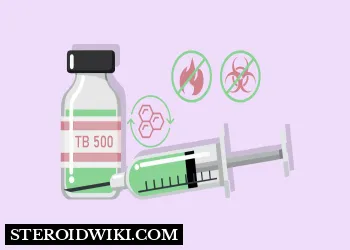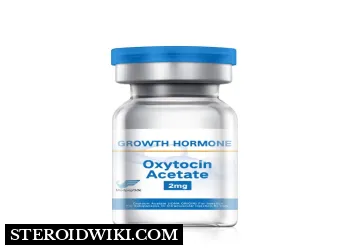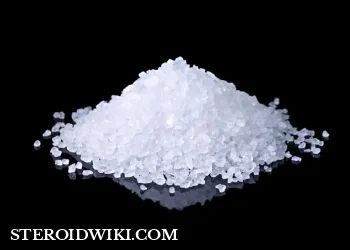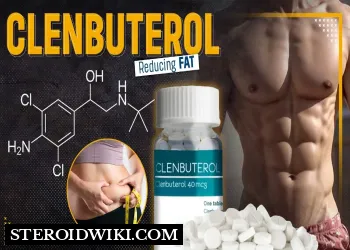History of Steroids in the NFL
In this article, I will shed light on the history of steroids in the NFL, including when they were banned, who is still using them, how testing is done, the kinds of PEDs that players have been known to take, and why they do it.
Table of Content
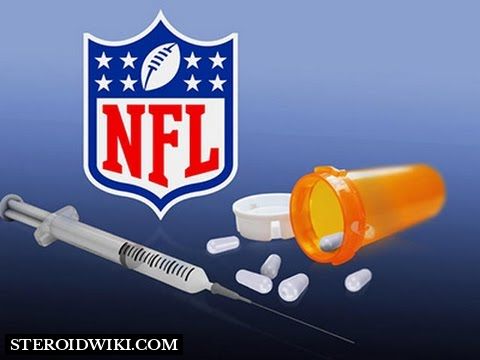
The National Football League (NFL) and performance-enhancing drugs (PEDs), especially steroids, have a complicated and lengthy history together. For many years, the NFL's usage of steroids has been a divisive topic that has raised concerns about both the players' health and the fairness of the game. The use of anabolic steroids and performance-enhancing drugs in American football is officially prohibited by virtually every sanctioning body.
In the 1960s and 1970s, steroid usage in the NFL started to garner attention. Players started experimenting with different drugs to try to get an advantage over their rivals. Because anabolic steroids may increase muscular growth and strength—qualities that are greatly desired in a physically demanding sport like football—they gained popularity.
During high school football, players also utilize additional performance-enhancing substances, including anabolic steroids. Between 1991 and 2003, the use of steroids at this level of play increased. A study conducted among 15,000 players revealed that around 6% of them had used anabolic steroids or performance-enhancing drugs at some point during their playing careers. According to further statistics, just 4% of high schools have a program in place for their football teams to test for drugs.
History of Steroids in the NFL
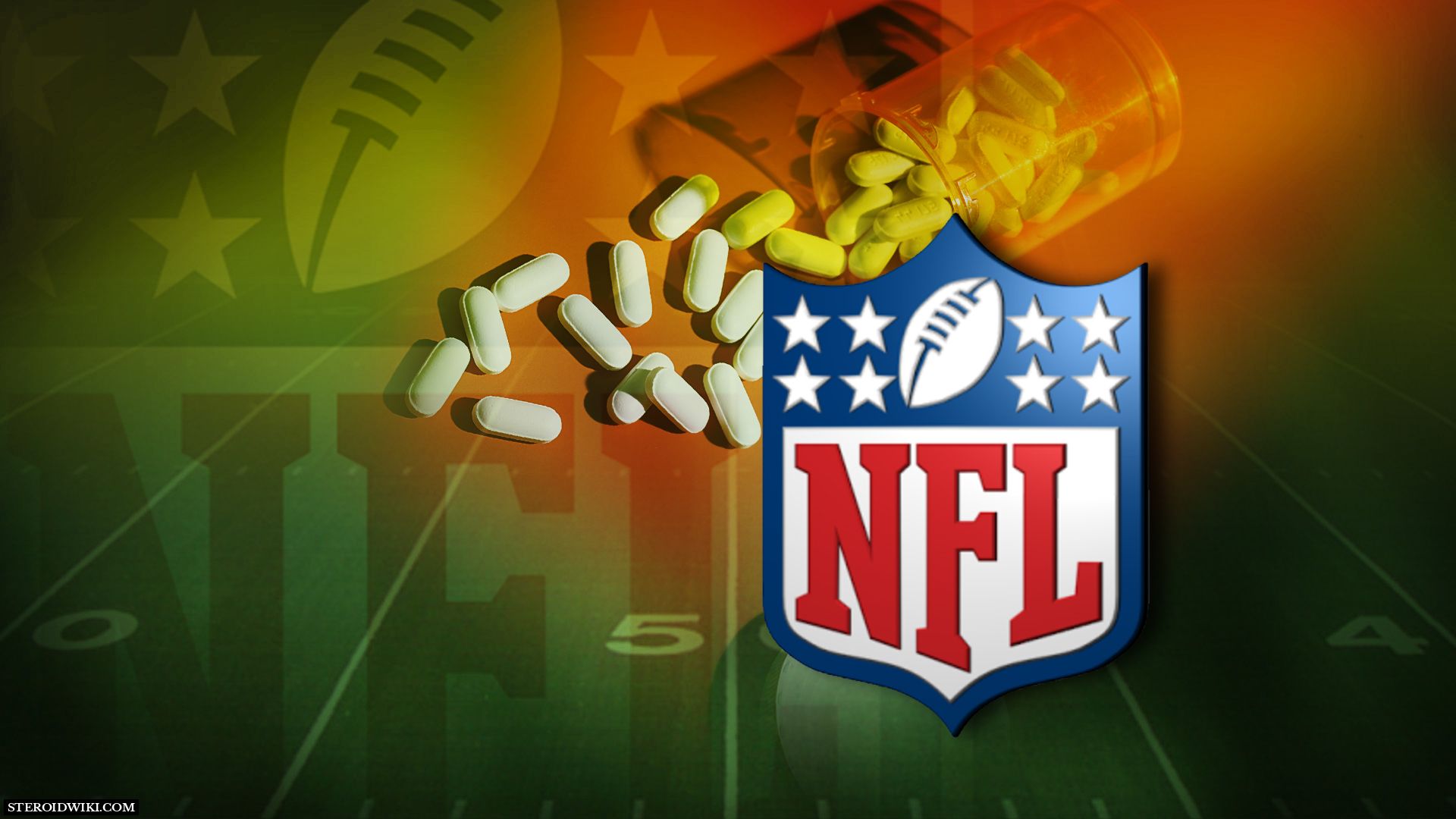
In the 1960s and 1970s, steroid usage in the NFL started to garner attention. In an attempt to obtain an advantage over their rivals, players began experimenting with different performance-enhancing drugs. Particularly, anabolic steroids gained popularity because of their capacity to increase strength and muscular mass, which are qualities that are highly valued in a physically demanding sport like football.
Many NFL players used steroids at this time to improve their physical talents and increase their recovery from injuries. This pattern was permitted to go unchecked since there was no league-wide drug test.
One of the first players in the NFL to take steroids was the former player Lyle Alzado, who gave a detailed account of his experience with anabolic steroids.
"I started taking anabolic steroids in 1969 and never stopped. It was addicting, mentally addicting. Now I'm sick, and I'm scared. Ninety percent of the athletes I know are on the stuff. We're not born to be 300 lbs or jump 30ft. But all the time I was taking steroids, I knew they were making me play better. I became very violent on the field and off it. I did things only crazy people do. Once a guy sideswiped my car and I beat the hell out of him. Now look at me. My hair's gone, I wobble when I walk and have to hold on to someone for support, and I have trouble remembering things. My last wish? That no one else ever dies this way."
In the late 1980s, the NFL made a big initial move in tackling the steroid issue. The League began implementing drug testing as part of its Steroid and Drug Policy in 1987. This regulation, which was a direct response to rising concerns about the use of performance-enhancing chemicals, represented a significant turning point in the history of the League. However, this Policy was criticized for not being strict enough. Some others thought the testing procedures were not stringent enough and that the fines for infractions weren't severe enough to discourage athletes from using steroids. However, it was a crucial first step in resolving the matter.
The NFL introduced a more thorough drug-testing policy in 1989, which covered both in-season and off-season testing. This signaled a more significant campaign against the use of steroids. When players tested positive for prohibited drugs, the League imposed severe sanctions, including fines and bans.
The introduction of an anonymous hotline for players to report suspicions of drug usage by teammates was another aspect of this policy change. This promoted an open and accountable culture within the NFL. The fight against steroid use in the League persisted throughout the 1990s. The NFL and the NFL Players Association (NFLPA) started collaborating to improve the drug policy and boost the frequency of testing. Additionally, the severity of the penalty for infractions increased, with repeated offenders facing extended bans.
Public Awareness and Scandals
Early in the new year, allegations and investigations involving numerous prominent NFL players brought steroids to the attention of the general public. The controversy involving the Bay Area Laboratory Co-operative (BALCO), which involved several players from different sports, including football, was one of the most prominent incidents. The BALCO controversy and the widely reported 2006 suspension of NFL star Shawne Merriman for steroid use elevated the topic of drugs in the League to the public's attention. It also showed how dedicated the League was to uphold the integrity of the game by disciplining players who used performance-enhancing drugs.
Current Policies and Future Outlook
The NFL persisted in upholding stringent guidelines and drug-testing procedures in order to battle steroids and other performance-enhancing drugs. The League has made educational program investments in educating players about the dangers and repercussions of drug usage. Over the years, the NFL's attitude on steroids has changed dramatically, and it still does as it adjusts to new issues and advancements in science around performance-enhancing drugs. The League's primary focus continues to be upholding the integrity of the game and the players' health and safety.
Current Use
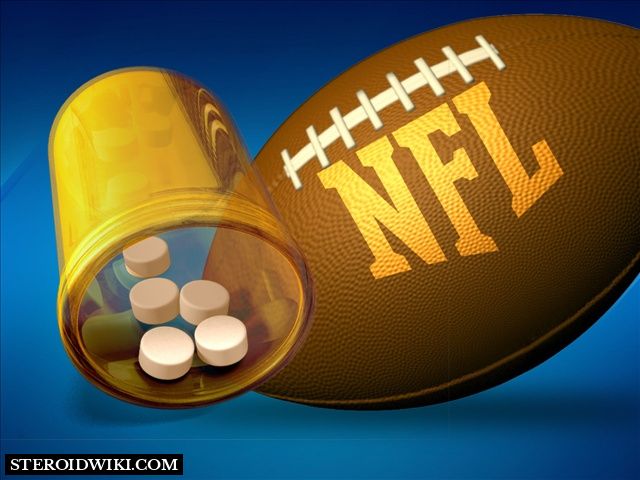
Despite the NFL's severe and harsh anti-doping policies, PED usage—including the use of steroids—remains an issue. Even though there is a significant danger of testing positive for prohibited drugs, some players continue to strive for a competitive advantage. Although it is difficult to pinpoint the precise number of players that use steroids at any given time, it is commonly understood that the issue still exists.
An unknown person stated in a shocking video interview about this and said that.
"my estimate is that 125 guys in the NFL right now are at least on steroids."
This declaration emphasizes the League's continuous battle to end PED usage.
Testing Procedures
The NFL has a thorough policy in place regarding drug testing. Players are subject to random and absolute drug testing, including tests for steroids and other performance-enhancing drugs, both during the regular season and the summer. Over the years, the League has worked to enhance testing protocols to make it harder for players to avoid detection.
After several players disregarded the rule in subsequent years, NFLPA director Gene Upshaw wrote to every player in the League saying:
"Over the past few years, we have made a special effort to educate and warn players about the risks involved in the use of "nutritional supplements." Despite these efforts, several players have been suspended even though their positive test results may have been due to the use of nutritional supplements. Under the Policy, you and you alone are responsible for what goes into your body. As the Policy clearly warns, supplements are not regulated or monitored by the government. This means that, even if they are bought over the counter from a known establishment, there is simply no way to be sure that they:
- (a) Contain the ingredients listed on the packaging;
- (b) Have not been tainted with prohibited substances; or
- (c) Have the properties or effects claimed by the manufacturer or salesperson.
Therefore, if you take these products, you do so AT YOUR OWN RISK! The risk is at least a 4-game suspension without pay if a prohibited substance is detected in your system. For your health and success in the League, we strongly encourage you to avoid the use of supplements altogether, or at the very least, to be extremely careful about what you choose to take."
The present guideline calls for randomly testing the blood of 20% of each team's players during training camp and 10% of them during the summer. The NFL uses isoform blood testing for Human Growth Hormone rather than the more accurate biomarker test, which has a detection window of only 24 to 48 hours and requires a player to give a sample within 24 hours after being told at home. Players who are discovered to have used drugs in violation of the League's policy risk fines, bans, and reputational harm. To preserve the integrity of the testing procedure, the NFL strictly protects the privacy of test takers' names and test results.
Types of Steroids and PEDs
Anabolic steroids like testosterone and nandrolone are among the drugs that athletes frequently utilize; the precise steroids and performance-enhancing drugs they use might vary. To obtain an advantage in the field, one may also employ different designer steroids and other performance-enhancing substances. By using these drugs, athletes can gain more muscle mass, become stronger, and heal from injuries more quickly.
Motivations for Using Steroids
Players may use steroids for several reasons. The following are the few motivations for which players use steroids.
Gaining an Edge
In the highly competitive world of the NFL, some players may resort to PEDs to gain an advantage over their opponents. The appeal of achieving peak physical performance can be tempting.
Recovery from Injuries
The demands of professional football are immense, and players often need to recover quickly from injuries to maintain their careers. Steroids can help speed up the recovery process.
Financial Incentives
The potential for profitable contracts and endorsements can create a strong motivation to use PEDs to stay in the League.
Conclusion
There is continuous discussion over the validity of the NFL's current testing procedure. Even though the League has significantly improved its testing practices, PED usage is impossible to eliminate due to its covert nature. To preserve both the athletes' health and the integrity of the game, the NFL must keep refining its strategy. It's critical to acknowledge and value the remarkable commitment and hard work that NFL players make in order to compete at the top level of their sport. The great majority of athletes follow the rules and compete honorably; their accomplishments are a credit to their skill and diligence.
The topic of whether anti-doping laws should be more stringent or more black-and-white is a complicated one. While enforcing stringent guidelines is necessary to preserve the integrity of the game, conversations of possible changes or alternative tactics to successfully address PED usage may be appropriate. The NFL is still one of the most watched and interesting sports leagues in the world despite the problems caused by steroids and performance-enhancing drugs. Fans are still enthralled by the players' amazing athleticism and devotion, so the League must keep working to level the playing field, guarantee fair competition, and preserve the essence of the game.
I am attaching links to related steroid news if you want to read more about related topics.
- Breaking: Anti-Doping Expert Tested Positive for Steroids
- Hundreds Arrested in Europe's Biggest Operation on Steroids
- Ex-Moldovan Ambassador to Russia Booked for Smuggling Steroids
- Jarrion Lawson Cleared of Doping Charges
References
- Barker, J. (2005) Steroid use in NFL may be wider than thought, Baltimore Sun. Available at: https://www.baltimoresun.com/sports/orioles/bal-te.sp.nflsteroids26apr26-story.html (Accessed: 01 November 2023).
- Horn, S., Gregory, P. and Guskiewicz, K.M., 2009. Self-reported anabolic-androgenic steroids use and musculoskeletal injuries: findings from the center for the study of retired athletes health survey of retired NFL players. American journal of physical medicine & rehabilitation, 88(3), pp.192-200.
- Todd, T., 1987. Anabolic steroids: the gremlins of sport. Journal of sport history, 14(1), pp.87-107.
- Grossman, M., Kimsey, T., Moreen, J. and Owings, M., 2007. Steroids and major league baseball. Berkley University, 30.
- Schrotenboer, B. (2022) NFL players suspended for PED violations at least 258 times since 2001, but no big deal?, USA Today. Available at: https://www.usatoday.com/story/sports/nfl/2022/02/07/nfl-performance-enhancing-drugs-ped-steroids-suspensions/6645732001/ (Accessed: 01 November 2023).
- For more comprehensive and detailed information, I am embedding links for youtube videos.
Disclaimer: SteroidWiki doesn’t promote unlawful usage of any chemical compound. The knowledge presented in this article and on the website is purely for educational purposes. If you intend to use the information provided in this article for any purpose, please make sure to check & comply with the laws of your country or area.

